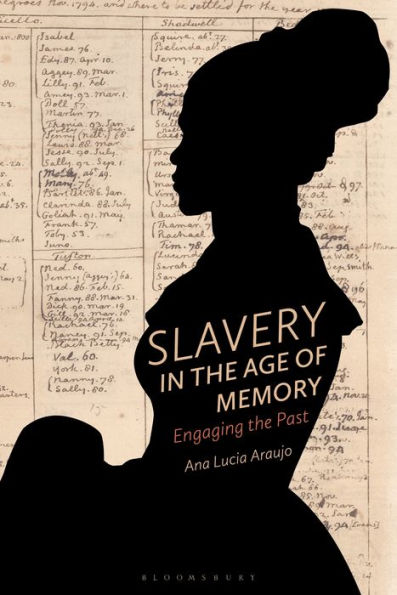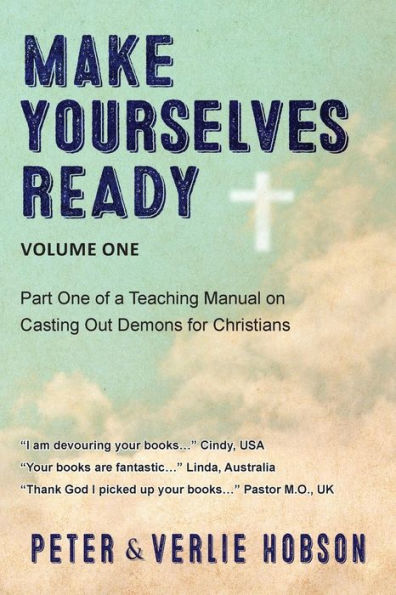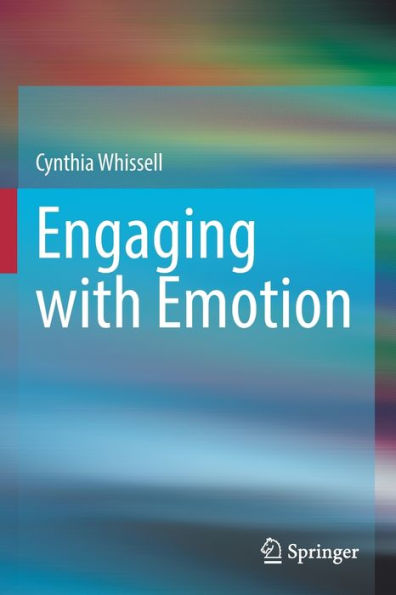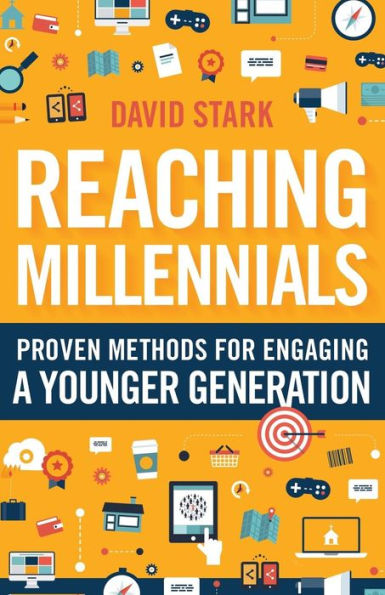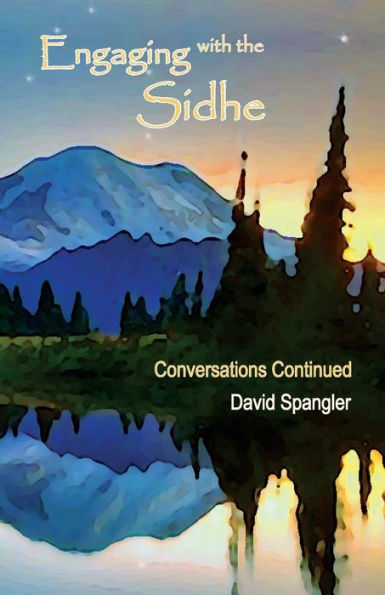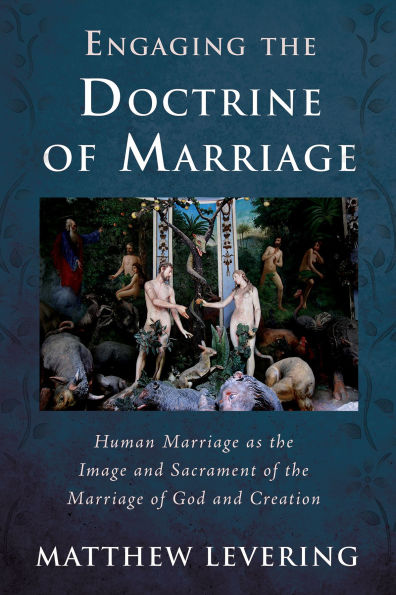Home
Engaging with the Past, c.250-c.650
Barnes and Noble
Loading Inventory...
Engaging with the Past, c.250-c.650
Current price: $180.00
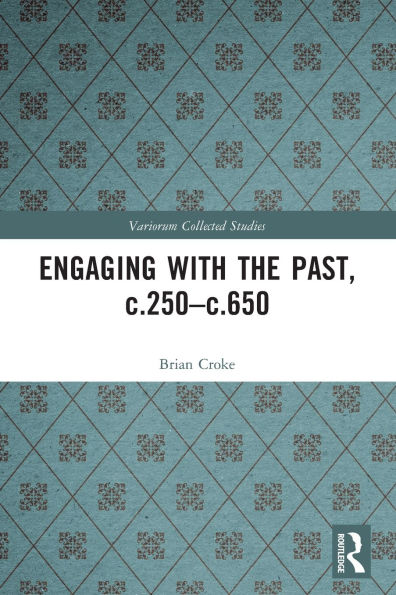
Barnes and Noble
Engaging with the Past, c.250-c.650
Current price: $180.00
Loading Inventory...
Size: Hardcover
*Product information may vary - to confirm product availability, pricing, shipping and return information please contact Barnes and Noble
Between c.250 and c.650, the way the past was seen, recorded and interpreted for a contemporary audience changed fundamentally. Only since the 1970s have the key elements of this historiographical revolution become clear, with the recasting of the period, across both east and west, as ‘late antiquity’. Historiography, however, has struggled to find its place in this new scholarly world. No longer is decline and fall the natural explanatory model for cultural and literary developments, but continuity and transformation. In addition, the emergence of ‘late antiquity’ coincided with a methodological challenge arising from the ‘linguistic turn’ which impacted on history writing in all eras.
This book is focussed on the development of modern understanding of how the ways of seeing and recording the past changed in the course of adjusting to emerging social, religious and cultural developments over the period from c.250 to c.650. Its overriding theme is how modern historiography has adapted over the past half century to engaging with the past between c.250 and c.650.
Now, as explained in this book, the newly dominant historiographical genres (chronicles, epitomes, church histories) are seen as the preferred modes of telling the story of the past, rather than being considered rudimentary and naïve.
This book is focussed on the development of modern understanding of how the ways of seeing and recording the past changed in the course of adjusting to emerging social, religious and cultural developments over the period from c.250 to c.650. Its overriding theme is how modern historiography has adapted over the past half century to engaging with the past between c.250 and c.650.
Now, as explained in this book, the newly dominant historiographical genres (chronicles, epitomes, church histories) are seen as the preferred modes of telling the story of the past, rather than being considered rudimentary and naïve.
Between c.250 and c.650, the way the past was seen, recorded and interpreted for a contemporary audience changed fundamentally. Only since the 1970s have the key elements of this historiographical revolution become clear, with the recasting of the period, across both east and west, as ‘late antiquity’. Historiography, however, has struggled to find its place in this new scholarly world. No longer is decline and fall the natural explanatory model for cultural and literary developments, but continuity and transformation. In addition, the emergence of ‘late antiquity’ coincided with a methodological challenge arising from the ‘linguistic turn’ which impacted on history writing in all eras.
This book is focussed on the development of modern understanding of how the ways of seeing and recording the past changed in the course of adjusting to emerging social, religious and cultural developments over the period from c.250 to c.650. Its overriding theme is how modern historiography has adapted over the past half century to engaging with the past between c.250 and c.650.
Now, as explained in this book, the newly dominant historiographical genres (chronicles, epitomes, church histories) are seen as the preferred modes of telling the story of the past, rather than being considered rudimentary and naïve.
This book is focussed on the development of modern understanding of how the ways of seeing and recording the past changed in the course of adjusting to emerging social, religious and cultural developments over the period from c.250 to c.650. Its overriding theme is how modern historiography has adapted over the past half century to engaging with the past between c.250 and c.650.
Now, as explained in this book, the newly dominant historiographical genres (chronicles, epitomes, church histories) are seen as the preferred modes of telling the story of the past, rather than being considered rudimentary and naïve.
